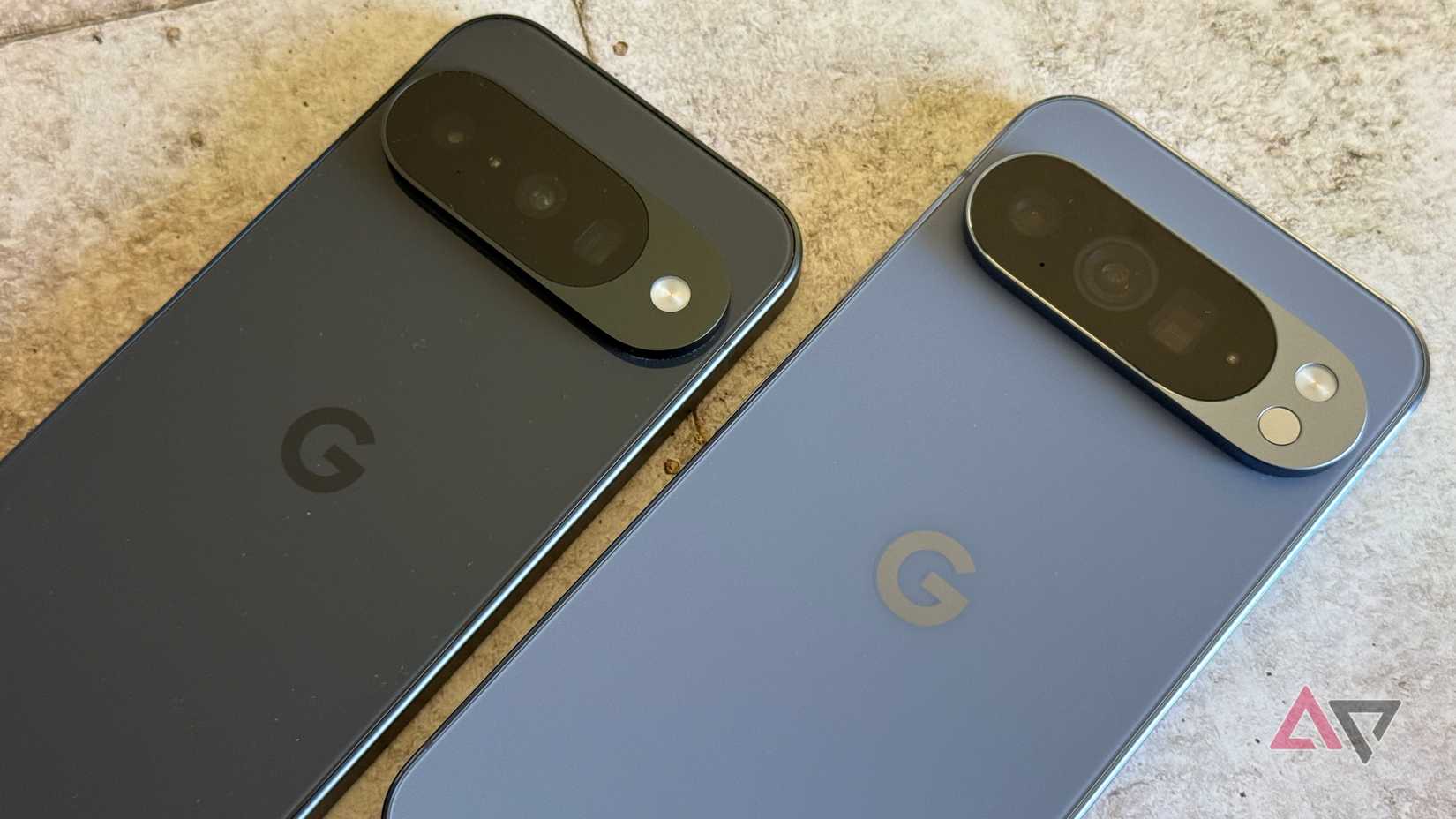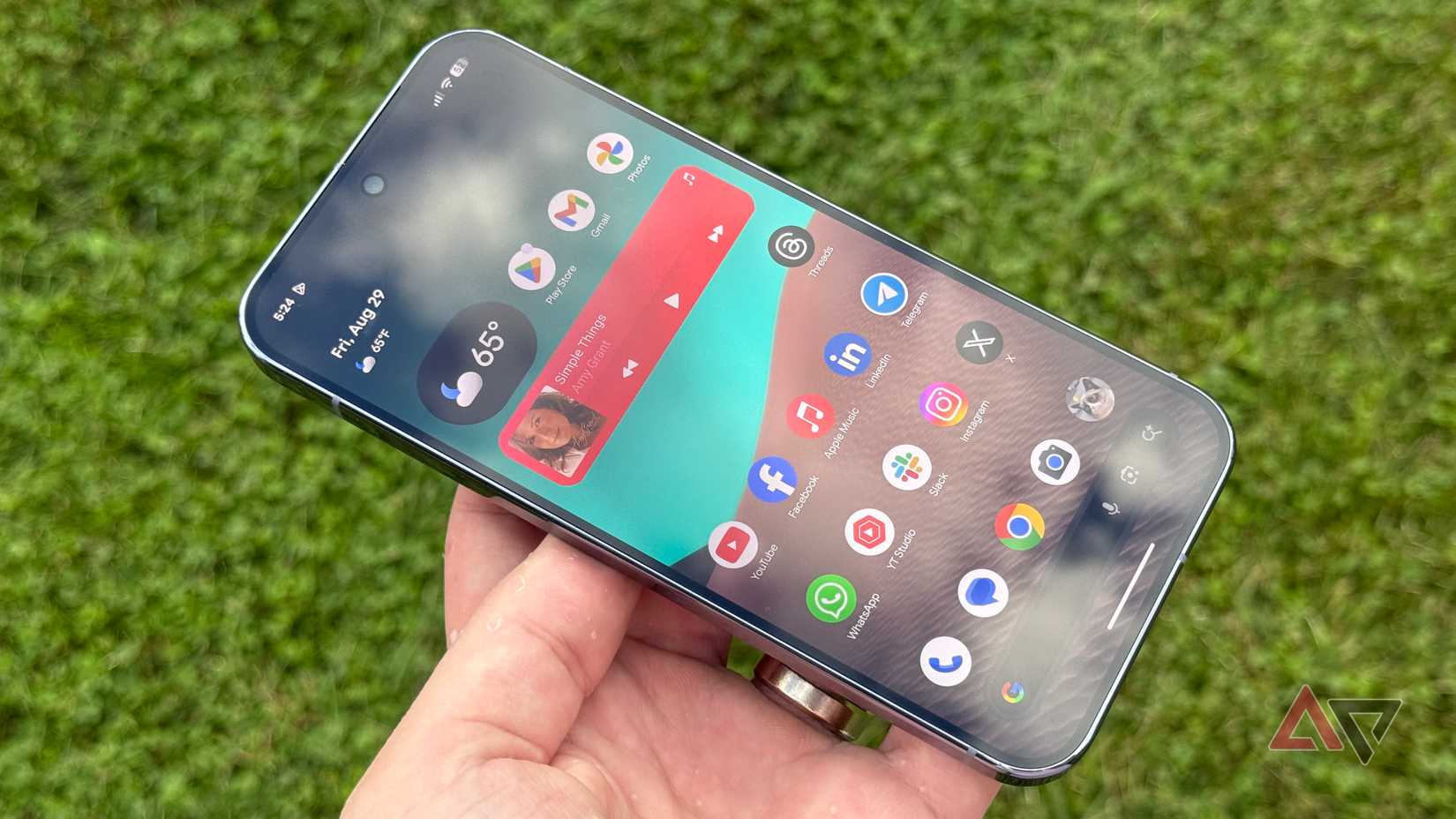It’s been refreshing to see Google’s smartphone resurgence over the last few years. The Pixel devices went from frustrating also-rans to legitimate Android contenders.
I could easily see recommending a Pixel 10 for first-time Android buyers, and the company’s been working on making its phones more attractive to a broader audience.
If that blueprint seems familiar, it’s because we’ve seen it before. Apple has utilized the same playbook over the last two decades to enjoy massive success with the iPhone.
You may not like what Apple produces, and I’ve had my frustrations with iPhones over the years, but it’s hard to deny the positive results. Google’s doing much of the same with the Pixel 10. Here’s how.
A clear and concise product line
Enthusiasts don’t have much to cheer about
Google has made it rather simple with its flagship product line this year. I doubt it was intentional, but I love that the Pixel 10 Pro Fold has its own launch window. It gives us the chance to focus on the Pixel 10, the Pixel 10 Pro, and the Pixel 10 Pro XL.
The Pixel 10 is Google’s answer to the iPhone 16. It includes enough premium features at a more affordable price point to help get you into Google’s ecosystem.
It’s a solid and complete smartphone, but much like Apple with the iPhone 16, the company isn’t overly interested in what enthusiasts have to say.
The Pixel 10 Pro is the step-up, a direct parallel to the iPhone 16 Pro. It feels more premium, with a matte glass finish and polished aluminum frame.
It’s fitted with more RAM and a better display. It also includes upgraded cameras over the Pixel 10, giving it a more impressive telephoto lens.
It’s not a significant departure from its less-expensive sibling, but it boasts enough to make you consider spending $200 extra.
The Pixel 10 Pro XL is for people looking for a bit more. Whether you need more storage or a larger display, the Pixel 10 Pro XL is the smartphone to consider.
Like with the Pixel 10, Google isn’t concerned with enthusiasts.
The Pixel 10 Pro XL still isn’t a gaming beast, and a lack of a physical SIM tray has annoyed many. Still, the company doesn’t care, as it knows most casual consumers won’t notice.
Solid, appealing software that works
Material 3 Expressive is excellent
Material 3 Expressive reminds me of the early iOS days, when Apple’s software was friendly, intuitive, and well-designed.
Recent iOS iterations give me a headache, but Material 3 Expressive on the Pixel 10 is delightful. I love software that doesn’t try to do too much.
It’s ideal for someone giving Android a try, and it’s all part of Google’s pitch to demystify the platform. The phones look the part on the outside, and Google has made sure the software matches.
I’m also a bit more favorable towards the Google Gemini enhancements on the Pixel 10 than others. I like that Google didn’t try to do too much.
AI tools can be overwhelming, and I don’t need to use them every day to feel they’re necessary.
Magic Cue is subtle, but I enjoy what it offers. I’ve had several occasions now where it’s prompted me to set up appointments and reminders without leaving Google Messages.
Daily Hub certainly has room to grow, but it knew it was the start of my bowling season, and it offered me helpful tips and even a list of apps that would allow me to track my stats.
Again, a small item, but significantly more than what I’ve gotten from either Galaxy AI or Apple Intelligence.
Big ticket items to help the user experience
Gorgeous displays and excellent batteries
Google’s done a fantastic job in the last few years of acknowledging user complaints and addressing problems with its devices.
I always felt Pixel displays were a step behind the competition. They never got bright enough, and the colors didn’t pop like they would on Samsung or Apple panels.
Since you use the display 100% of the time you’re looking at the phone, it makes a noticeable difference.
Google’s Super Actua displays are excellent on the Google Pixel 10 Pro and Pro XL phones. It’s a front-end, user experience feature — areas Apple used to focus on.
As Google’s Tensor chipset has become more efficient, battery life has improved on its phones. I get outstanding screen-on times from Pixel devices. It’s another area users notice.
I don’t care how flashy a feature is or whether my phone can game well if I’m constantly worried about battery life. It’s something Apple has worked on in the past, and it’s paying dividends for Google with the Pixel 10.
It’s also worth noting that the speakers are excellent this year. Small items, but things casual users will appreciate.
Google needs to stick to the plan
I know the Pixel 10 frustrates enthusiasts, and I’m not giving the company a pass for several of the devices’ shortcomings — especially not at flagship prices.
However, it’s important to recognize that, like Apple, Google’s focus is appealing to casual consumers on carrier store shelves.
If you watched any of the NFL this week, you can tell from the commercials who the target audience is for Pixels. It worked for Apple, and it’s working for Google.
Google Pixel 10
- SoC
-
Google Tensor G5
- RAM
-
12GB
- Storage
-
128GB / 256GB
- Battery
-
4970mAh
This striking-looking addition to the Pixel line offers a slew of Gemini features, an 5x telephoto lens, and seven years of updates, making this a smartphone that will last you a while.




